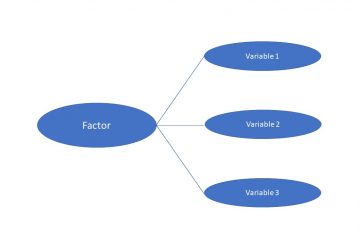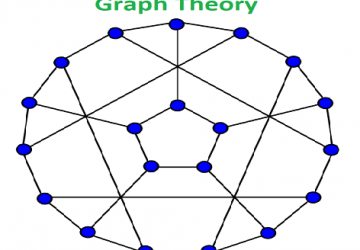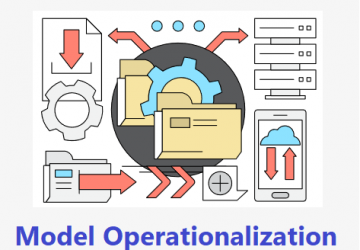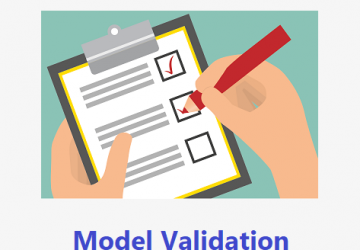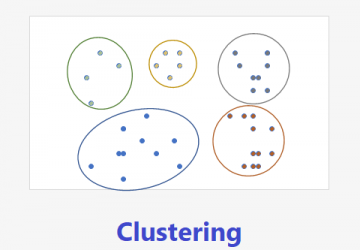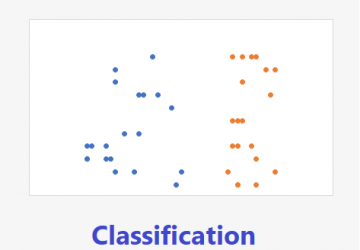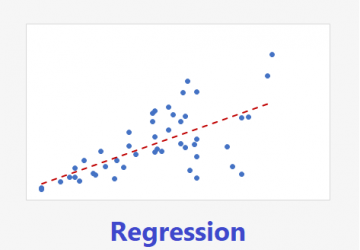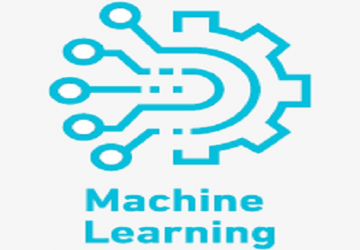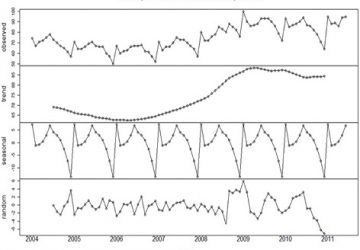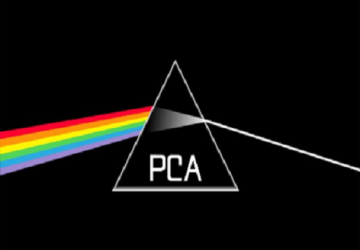This course will enable learners to understand the necessity and areas of applications of linear statistical model techniques like Factor Analysis which is an integral part of the Exploratory Data Analysis.
Graph theory has become an emerging discipline of research because of its applications in solving NP-complete (non-deterministic polynomial-time) problems. This course provides an introduction to popular graph theory algorithms and the possible use cases where these can be applied.
Available
This course introduces learners to descriptive statistics, its importance in daily life, and application areas with a key focus on analysing two variables. The course provides learners with the necessary understanding of measures of correlation and measures of association and also introduces them to the chi-square statistic. The course is designed to equip learners with the ability evaluate and describe any two set of variables based on these summary statistics.
At the end of the Machine Learning model creation process comes Model Operationalization in which the created model is launched and integrated within the organization's data management and data administration infrastructure. This course provides learners with an introduction to Model Operationalization and a layout of the process through a Machine Learning model is employed into daily use.
Model Validation techniques are used to assess the accuracy of Machine Learning models. This course provides learners with an introduction to commonly used Model Validation techniques and specific methods for for Regression, Classification, and Clustering.
Clustering is an Unsupervised Machine Learning technique, and is often utilized to differentiate between various levels of a variable. This course provides learners with an introduction to popular Clustering algorithms with an example of each executed using Python.
Classification is a Supervised Machine Learning technique, and is often utilized in decision based approaches. This course provides learners with an introduction to popular Classification algorithms with an example of each executed using Python.
Regression is the most commonly used Machine Learning paradigm, and is often utilized for comparing or establishing the relationship between two or more variables. This course provides learners with an introduction to popular Regression algorithms with an example of each executed using Python.
This course introduces learners to descriptive statistics, its importance in daily life, and application areas. The course also provides learners with the necessary understanding of measures of central tendency and dispersion with a key focus on graphical representation of univariate data. The course is designed to equip learners with the ability evaluate and describe any given variable based on its summary statistics.
This course introduces learners to statistics, its importance in daily life, and application areas. The course also provides learners with the necessary understanding of data and variable types with a key focus on scales of measurement, and is designed to equip learners with the ability to understand and differentiate between various data and variable types.
Machine Learning is a subset of Artificial Intelligence, which provides systems the ability to automatically learn and improve through experience. It is an up and coming branch of applied mathematics. Machine Learning for Beginners is an introductory level course, intended to provide learners with pre-requisites of R and Python Basics, Hypothesis Testing, Exploratory Data Analysis (EDA), and Feature Engineering.
A graph is a mathematical representation which depicts a relationship between different entities. Graph theory has become an emerging discipline of research because of its applications in solving NP-complete (non-deterministic polynomial-time) problems. This course provides an introduction to graph theory covering basic terminologies, popular graph theory problems, and possible use cases.
Model validation is performed to identify the potential limitations and assumptions of created models, verify if they are performing as expected, and assess if their impact is in line with the originally designed objectives and business uses. This course contains information on various techniques which can be used to validate regression, classification, and clustering models.
This course enables learners to understand the various components of a time series and how various techniques use these components to generate a forecast. At the end of this course, learners will also be able to assess the accuracy of generated forecasts and understand areas where specific forecasting techniques can be applied.
This course will enable learners to understand the necessity and areas of applications of unsupervised machine learning algorithms like dimensionality reduction and principal component analysis (PCA).
This course will enable learners to get accustomed with advanced (supervised) machine learning algorithms like Support Vector Machines (SVM) and Linear Discriminant Analysis (LDA) which overcome the shortcomings of conventional regression and classification algorithms.


